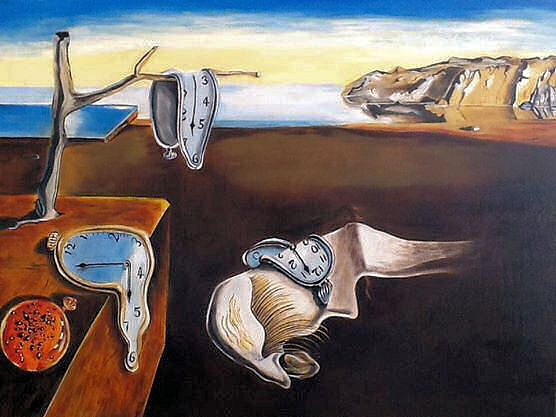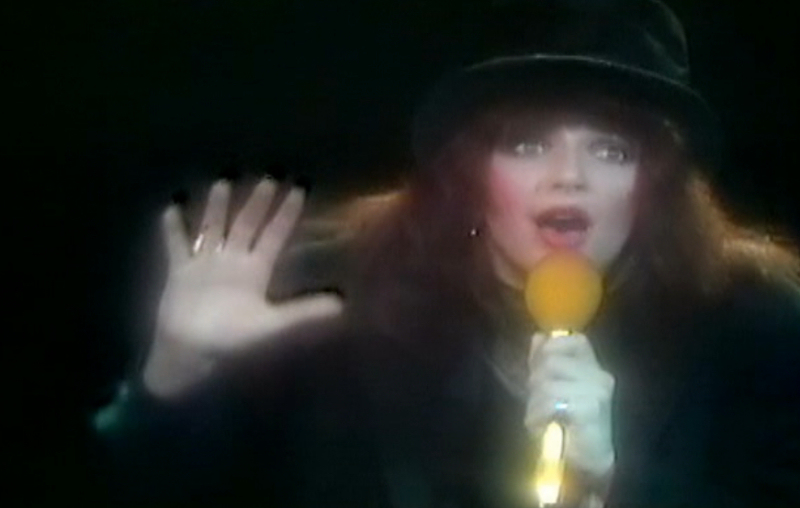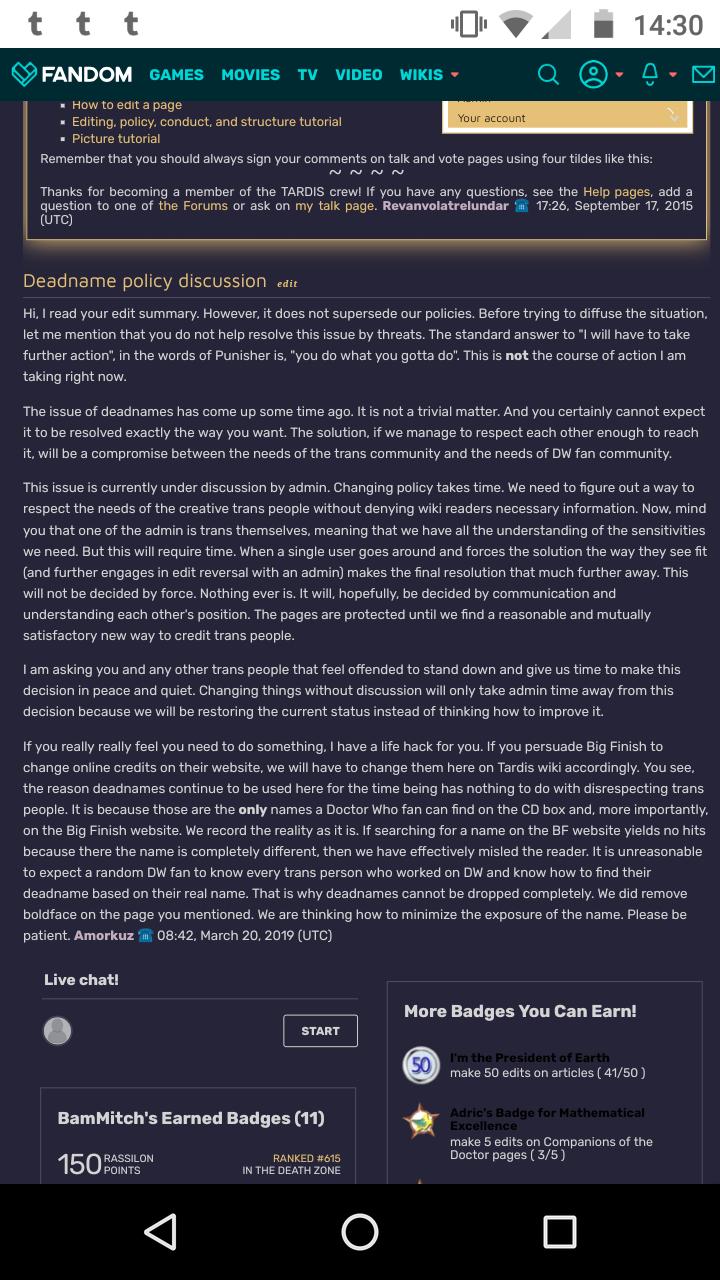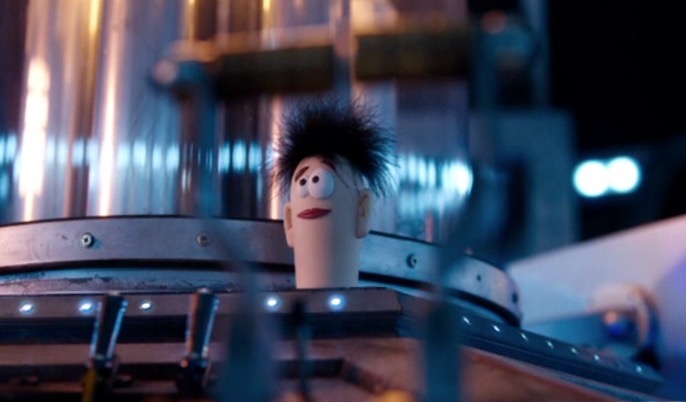Strange Phenomena
Strange Phenomena (demo)
Strange Phenomena
Efteling
Hammersmith Odeon
In “Strange Phenomena,” we have another statement of intent from Kate Bush. Unlike most of Bush’s songs, it’s a purely conceptual rather than narrative work. “Strange Phenomena” is populated by the esoteric and the inconclusive, dwelling in the liminal spaces of everyday life and exploring its unexplained coincidences. It nods to the physical and the supernatural in equal turn, suggesting the two aren’t separate entities but different compartments of life, in league with one another, conspiring to make life exciting. In short, it’s everything The Kick Inside takes stock in and values.
“Strange Phenomena” famously begins with an arpeggiating (A/F) ode to menstruation, “the phase of the moon when people tune in.” In her typical fashion, Kate Bush refers to menstruation as “the punctual blues,” suggesting both a musical quality and a natural rhythm to this particular bodily function (she also refers to it as something “every girl” knows about, but in her defense trans issues were not a topic of national conversation in 1978). Throughout The Kick Inside, Bush has made a case that all functions of the body are a thing of beauty, whether those be love-making or flying. With the opening of “Strange Phenomena,” Bush has extended her invitation of bodily functions into the fold beyond the pleasurable or fanciful and to parts of life women and other menstruating individuals aren’t encouraged to discuss in everyday life. Even more intriguing is how Bush frames menstruation as an almost musical act. In addition to her quasi-musical coinage of “the punctual blues,” she calls a period the phase “where people tune in.” To be sure, menstruating a subject people discuss in private, bringing discomfort to cisgender women and often triggering severe bouts of dysphoria in transgender men. It’s an aspect of life that unites lots of people in their unease by widespread patterns and, more importantly, rhythms of nature. Bush dignifies menstruating by making it a musical process. If there’s a central idea to The Kick Inside, it’s that everything is music.
This exercise of defining musicality as a unifying force isn’t confined to physical planes in “Strange Phenomena.” Bush described the song as  being “about the coincidences that happen to all of us all of the time. We can all recall instances when we have been thinking about a particular person and then have met a friend who — totally unprompted — will begin talking about that person.” She more or less paraphrases this in the song, referring to “a day of coincidence with the radio.” Texts are a source of coincidence as well, such as when “you pick up a paper/you read a name/you go out/it turns up again and again.” There’s a sense Bush is being haunted by text, that the spoken word will accompany her wherever she goes. This is where Bush differs most radically from, say, Burroughs or Foucault, in that this constant presence of language and strangeness is a comfort to her, something to tip her hat to.…
being “about the coincidences that happen to all of us all of the time. We can all recall instances when we have been thinking about a particular person and then have met a friend who — totally unprompted — will begin talking about that person.” She more or less paraphrases this in the song, referring to “a day of coincidence with the radio.” Texts are a source of coincidence as well, such as when “you pick up a paper/you read a name/you go out/it turns up again and again.” There’s a sense Bush is being haunted by text, that the spoken word will accompany her wherever she goes. This is where Bush differs most radically from, say, Burroughs or Foucault, in that this constant presence of language and strangeness is a comfort to her, something to tip her hat to.…

 When another editor attempted to follow up on this decision, they got the reply shown to the right here.…
When another editor attempted to follow up on this decision, they got the reply shown to the right here.… In this episode we touch on the promised topic of the mainstreamers vs the vanguardists in the far-right movement, but only in the course of covering topical events.
In this episode we touch on the promised topic of the mainstreamers vs the vanguardists in the far-right movement, but only in the course of covering topical events. 

 A thing we will inevitably have to address is what it looks like for Doctor Who to respond to Trump. Or, in the UK context, Brexit, but let’s go ahead and just use Trump as a metonym for the catastrophic politics that form the backdrop of the Moffat-Chibnall handover. This is, of course, something it is not fair to ask Class to do. It’s not fair to ask most of Series 10 to do it either—Trump’s election happened late in the block where they shot Oxygen and The Eaters of Light, which was in time to work the “too orange” gag into The Pyramid at the End of the World (although more on Trump and that episode when the time comes) but nowhere near early enough for anything in this season to be conceptualized as an intentional response to his Presidency. (His campaign is a different matter.) Even with Brexit, the vote took place four days after filming started—enough to have some impact (we know that Gatiss was considering an explicitly Brexit-themed script), but still fundamentally after the series was well underway. On the whole, Series 10 emerged from the midst of 2016’s turmoil; it is the Chibnall era that exists wholly and cleanly as a post-Trump work.
A thing we will inevitably have to address is what it looks like for Doctor Who to respond to Trump. Or, in the UK context, Brexit, but let’s go ahead and just use Trump as a metonym for the catastrophic politics that form the backdrop of the Moffat-Chibnall handover. This is, of course, something it is not fair to ask Class to do. It’s not fair to ask most of Series 10 to do it either—Trump’s election happened late in the block where they shot Oxygen and The Eaters of Light, which was in time to work the “too orange” gag into The Pyramid at the End of the World (although more on Trump and that episode when the time comes) but nowhere near early enough for anything in this season to be conceptualized as an intentional response to his Presidency. (His campaign is a different matter.) Even with Brexit, the vote took place four days after filming started—enough to have some impact (we know that Gatiss was considering an explicitly Brexit-themed script), but still fundamentally after the series was well underway. On the whole, Series 10 emerged from the midst of 2016’s turmoil; it is the Chibnall era that exists wholly and cleanly as a post-Trump work.
.jpeg) This week we delve into the dark pit of deeply pathetic depravity that is Mike Enoch of The Right Stuff and his ‘Daily Shoah’ podcast. Big deals within the ‘alt-right’.
This week we delve into the dark pit of deeply pathetic depravity that is Mike Enoch of The Right Stuff and his ‘Daily Shoah’ podcast. Big deals within the ‘alt-right’.